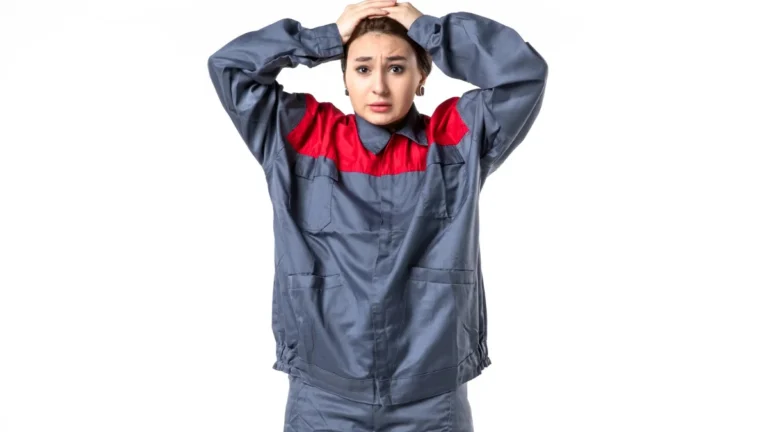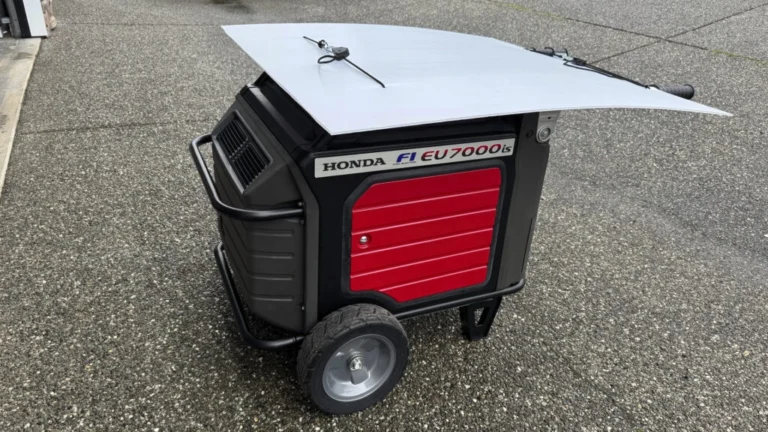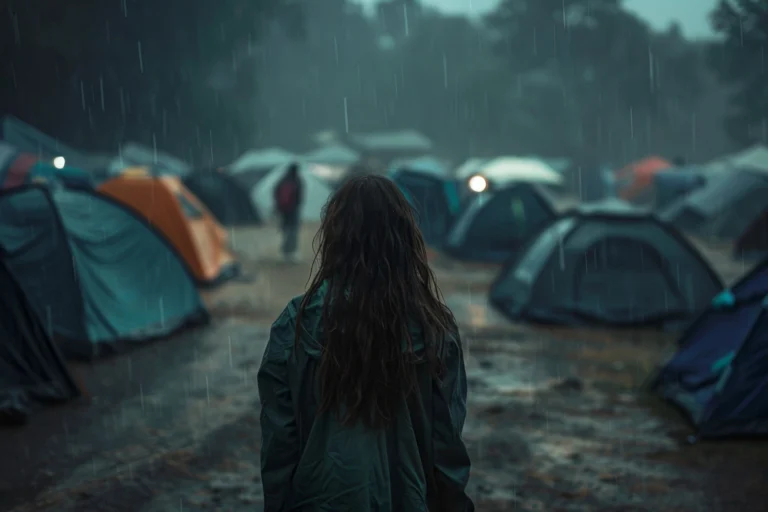Rainy days can give you lovely wind and a warm atmosphere, but they can make roads extremely slippery, especially for drivers. Monsoon weather requires a little more care than usual, whether you’re going to work, buying groceries, or on a road trip.
Drivers may be caught off guard by the combination of wet roads, poor visibility, and sudden rainfall. Because of this, preparing your vehicle and your driving style for the rain is important.
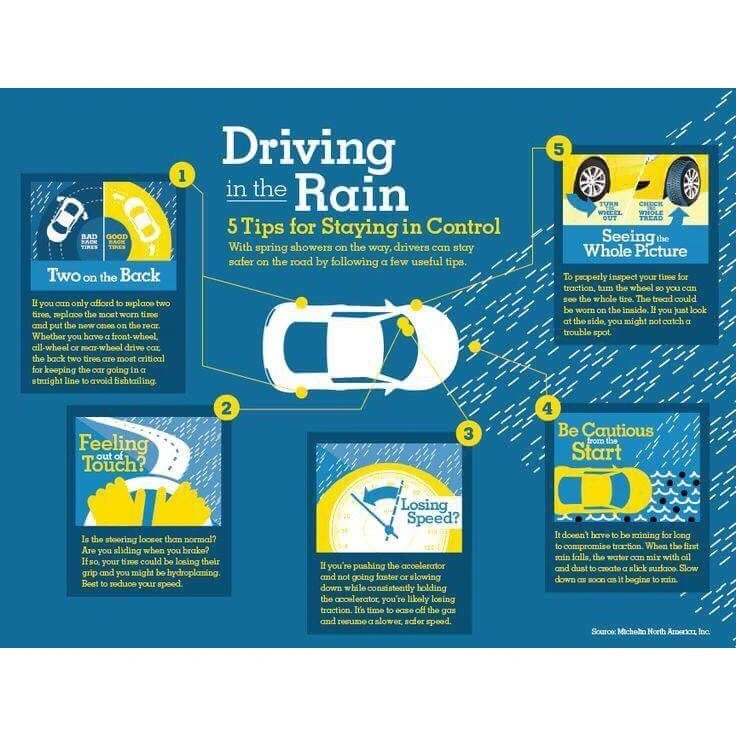
In this blog, you will see 11 smart tips to drive safely during monsoon no matter whether you are professional driver or still getting used to roads. this guide will help you feel more confident, more prepared.
- Tip 1 – Check Your Tires Regularly
- Tip 2 – Replace Old Wiper Blades
- Tip 3 – Maintain Clean Headlights and Taillights
- Tip 4 – Drive Slower than Usual
- Tip 5 – Stay careful of sudden speed or braking
- Tip 6 – Stop Driving on Wet Roads
- Tip 7 – Use Safety Lights only when necessary
- Tip 8 – Keep a Safe Distance from Other Vehicles
- Tip 9 – Safely DeFog or Clean Your Windows
- Tip 10 – Be More Careful at Night
- Tip 11 – Keep Emergency Kit handy
- Don't Miss This Video 👇
Tip 1 – Check Your Tires Regularly
The one part of your car that truly makes contact with the road is your tires, and during the monsoon season, this interaction is even more important. Poor braking, hydroplaning, and sliding may occur from old tires or not enough air pressure.
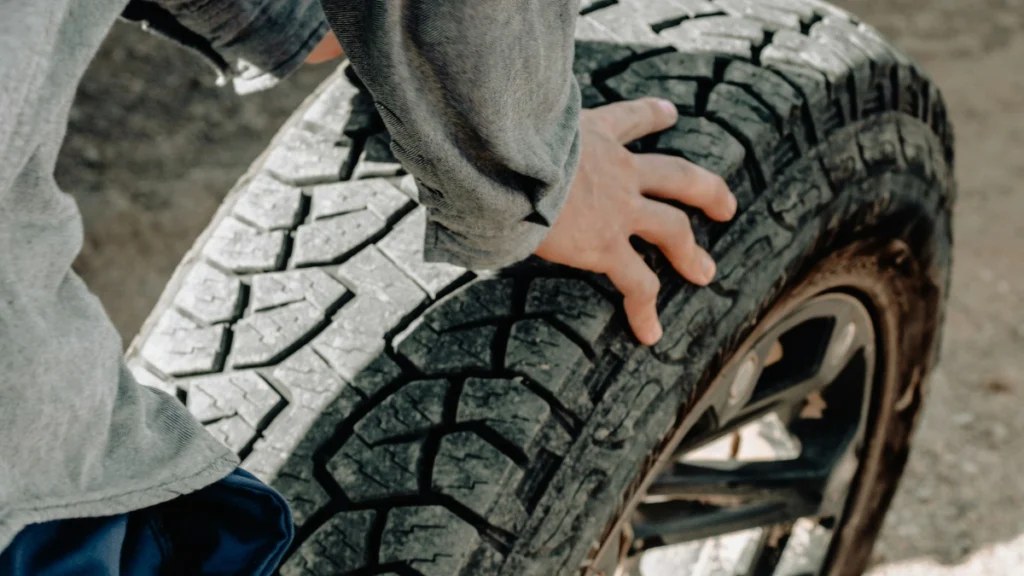
What to check:
- Make sure that the rubber tread is at least 2 mm wide. It has to be replaced if it is deeper.
- Check the tire pressure once a week. Hold on wet roads can be affected by either too much or too little air.
- Check for cuts, cracks, or nails, particularly if you’ve traveled over rough surfaces or ponds.
Tip 2 – Replace Old Wiper Blades
Have your wipers ever made that bad loud noise or left spots behind? That shows they are at their best. Clear vision is a must during the monsoon, and effective wipers are your first line of protection when the rain starts to fall.
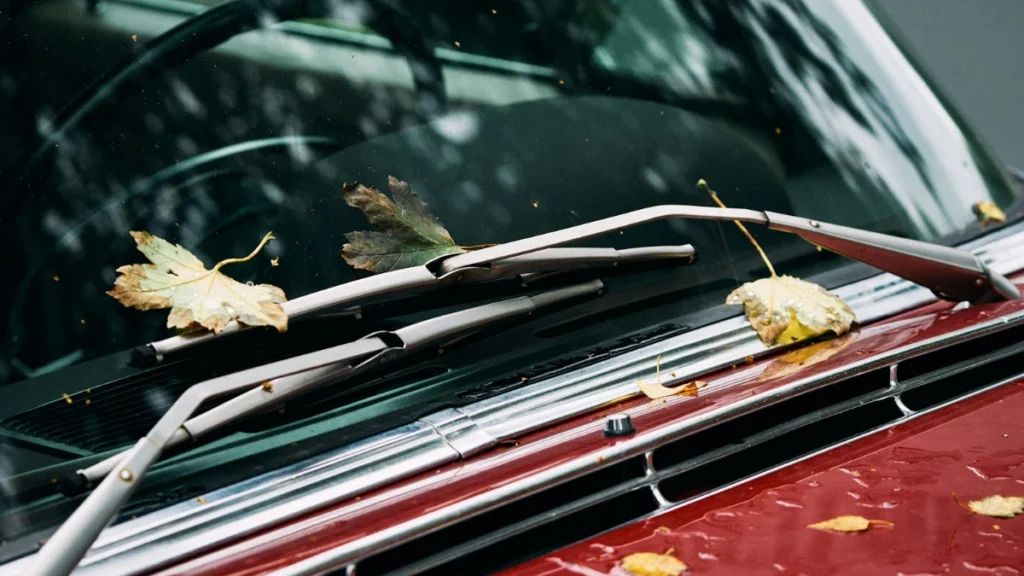
When to replace:
- Should they create spots or marks on the windows?
- If there are breaks or rips in the rubber
- If they move and make a loud screaming noise.
A new set of blades can have an important effect. In addition, changing them is really simple and won’t break the savings account.
Tip 3 – Maintain Clean Headlights and Taillights
Rain lowers visibility for you and other drivers in as well as making roads slippery. Clean, efficient lighting may help with that. In dark or foggy conditions, headlights and lamps help you see well and remain visible to other vehicles.
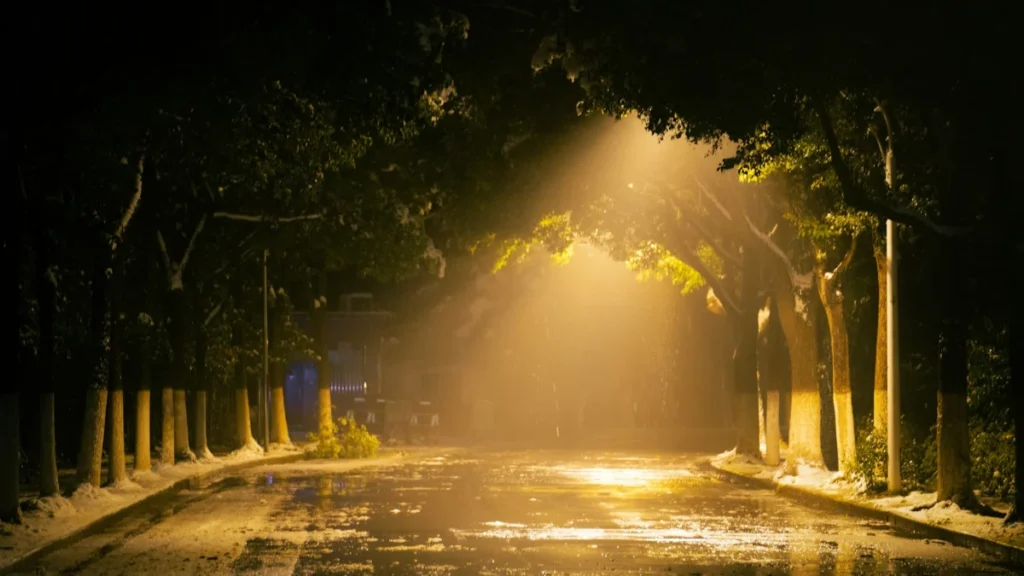
Quick checks to make:
- Remove any water marks or dust from the light covers.
- Check that all of the lamps, including the indicators and brake lights, are working.
- Instead of using high lights in rain or fog, which reflect off water droplets and make visibility difficult, use low lights.
Tip 4 – Drive Slower than Usual
You shouldn’t be in hurry on wet roads. A thin layer of water creates between your tires and the road, which can increase the chance of falling over, reducing grip, and increasing braking time.
Advantages of Slowing down:
- At a slower pace, your tires have better grip.
- You have more time to deal with sudden stops or wet areas.
- It reduces the possibility of slipping, particularly on turns and twists.
Driving more slowly during the monsoon season can avoid accidents or more serious, even if you’re running late. See it as providing you with a little secure zone in case that the roads are not certain.
Tip 5 – Stay careful of sudden speed or braking
Your car usually can handle quick stops or speeds on a dry road. However, when it’s wet? Things can get dangerous at that point. The last thing you want during the rain is for your wheels to lock up or lose grip due to quick motions.
What to do instead:
- Give yourself more space between you and the car in front of you by using the brakes gently and early.
- To stop your tires from turning, drive carefully.
- Try to avoid fast turns and move smoothly.
Tip 6 – Stop Driving on Wet Roads
Water can look harmless, but they can hide garbage, deep holes, or even open holes in the ground. Once you’re stuck, it can be really hard to get your car out safely.
Why it’s risky:
- Water can harm the electrical system, brakes, and engine of your vehicle.
- In the middle of the road, you can lose control or become lost.
- Water flowing into the exhaust pipe could cause the engine stop or have major problems.
Tip 7 – Use Safety Lights only when necessary
While it can be easy to turn on your flashing lights as soon as it begins to rain, they should only be used in an emergency. Other drivers get confused if you use them while driving in the rain.
When to use them:
- If you are stopped over because your car broke down
- If there is almost no visibility and you are going very slowly or stopping
- In case that you’re in a temporary emergency
When to use instead: To stay visible to others, turn on your low flash headlights. To keep the risk of lights useful while driving, save them for actual situations.
Tip 8 – Keep a Safe Distance from Other Vehicles
On wet roads, distances between stops increase and might possibly twice. On a dry day, driving might not seem like a major matter, but during the rain, it can lead to major issues.
How much distance is safe?
- Maintain at least of 3 to 4 seconds’ away from the car in front of you.
- Increase the area even further if the road flooding or there is poor view.
- Heavy vehicles should be avoided since they release more water and stop more slowly.
Well, If your quick reaction from giving yourself extra room could be the difference between an easy stop and a hard brake go down.
Tip 9 – Safely DeFog or Clean Your Windows
When you need a clear vision in the rain, foggy windows can quickly convert your view into blurred vision. Knowing how to control window fog is a basic yet at times left out safety measure.
How to defog:
- If your car has a defogger setting as use it.
- To balance the humidity inside, turn on the air conditioner (yes, even if it’s cold).
- To let air move around, slightly open a window.
- To quickly remove fog, have a microfiber cloth near at hand.
The first step to keeping your car fog-free is to control the moisture inside so that it does not affect your vision when you need it most.
Tip 10 – Be More Careful at Night
Driving at night can be hard due to the mix of poor vision, headlight shine, and wet roads. During a rainy season storm, it is important to stay extra careful than normal after the sun sets.
What to do:
- You should slow down vehicle as rain already makes road slippery and also add difficulty of darkness.
- Keep your headlight on low beam as it reflect off wet surfaces and make it harder to see.
- Clean your window of car, when the rain comes it mix with dust and moisture which makes tough to see especially at night.
- You should use wipers and defogger to make sure maximum visibility.
Tip 11 – Keep Emergency Kit handy
Rainy weather can be surprising; it’s not common to get caught in a wet area, have traffic delays, or have a break. It can literally save your life to have a little emergency kit in your vehicle.
What to include:
- Flashlight (with extra batteries)
- First aid kit
- Rope and jumper cables
- Poncho or umbrella
- Water bottle and some snacks
- Power bank for your phone
- Basic tools (screwdriver, pliers, etc.)
- A cloth or towel for wet seats or windows
Even while you may not use it often, having what you need on available can help you be safe and comfortable while help comes in an emergency.
Don’t Miss This Video 👇
Which cloth is best for monsoon?
Choose clothing that dry quickly while the rain is falling outside. Because they dry more quickly than cotton and don’t keep as much water, materials like nylon, polyester, or blends are perfect. Waterproof or water-resistant outer layers, such as raincoats or windcheaters, are a good option if you’re going anywhere.
Can you wear silk in the rain?
Silk should be skipped during the monsoon season. Due to its soft nature, silk doesn’t adapt well to moisture. Rainwater can harm the fabric’s texture, create water marks, and even make it less shine.
What is the best outfit to wear in the rain?
The most important to dressing well on a rainy day is to keep comfortable and dry. So choose layers that are waterproof and lightweight and sharing some combos that you can try like Waterproof jacket or windcheater, Rubber-soled shoes or waterproof sandals, foldable raincoat or poncho.


